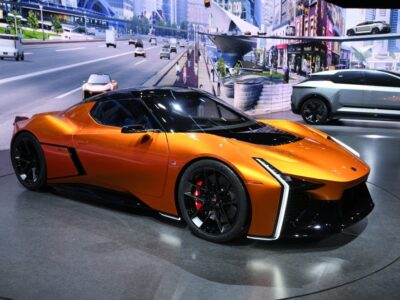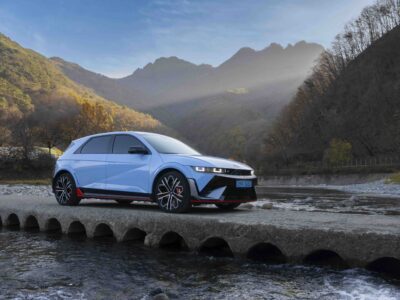As we enter an era of clean transportation, electric and hydrogen-fueled vehicles are going to come in all shapes and sizes. The Fun Utility Vehicle from Arcimoto, neighborhood electric vehicles (EVs) like Club Car’s Cru, or low-speed vehicles (LSVs) like those made by Moke America and Wink Motors are on the smaller side and designed to thrive in cities.
Larger behemoths, including the Tesla Semi, the Volvo VNR Electric, the Freightliner eCascadia, the Peterbilt 579 EV, and the Mack LR Electric, are taking to the nation’s highways. And they will need places to stop and charge up when transporting goods across the country.

Photo Courtesy Tesla
In February, the U.S. Department of Energy (DOE) declared it would provide $7.4 million in funding to support medium- and heavy-duty trucks in charging their batteries or refilling with hydrogen fuel.
Seven projects across 23 states will be overseen by the Vehicle Technologies Office (VTO) and Hydrogen and Fuel Cell Technologies Office (HFTO).
“A clean transportation sector requires vast investments across the entire industry, including to decarbonize the trucks that move our goods and building more charging ports to get those trucks from coast to coast,” Jennifer M. Granholm, secretary of energy, expressed in a press release.
Notably, these projects were announced in tandem with a slew of others, including new national standards for federally funded EV chargers and “Build America, Buy America” requirements for charging equipment, intended to help the U.S. reach its decarbonization goals. The federal government has committed to building 500,000 charging stations, ensuring that 50% of EV sales are all-electric by 2030, and ridding the transportation sector of all greenhouse gas emissions by 2050.
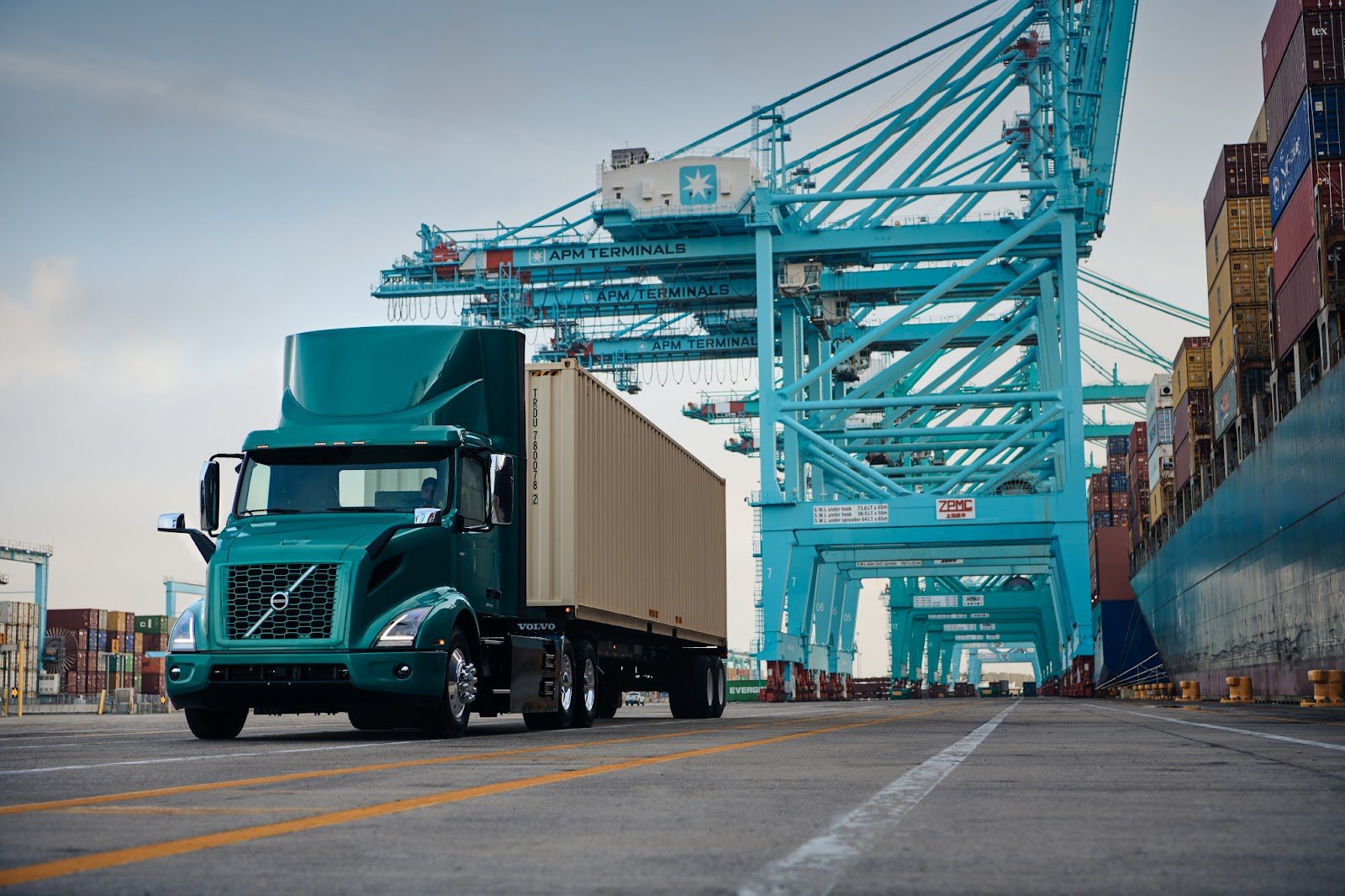
Photo Courtesy Volvo Trucks
East Coast Commercial ZEV Corridor
Each of the seven projects focuses on a different freight corridor, spreading the investment across the country. In April, the National Renewable Energy Laboratory (NREL), one of the DOE’s 17 labs, announced that it would be involved in four projects, spanning the Eastern Seaboard, the Northeast, the Midwest, and the Southwest.
Ken Kelly, chief engineer for commercial vehicle electrification, explained in the press release that “with funding from the Department of Energy, NREL will be working closely with our partners to leverage vehicle data, innovative analysis tools, and zero-emission vehicle infrastructure expertise to help to accelerate infrastructure plans across the U.S.”
The first project with which NREL is involved is the East Coast Commercial ZEV Corridor along I-95 between Savannah, GA, and Newark, NJ. The lead — and with some involvement in all four NREL projects — is CALSTART, a nonprofit that collaborates with its members in pursuit of a clean transportation industry.
On Oct. 16, CALSTART said it was beginning a two-year process of selecting locations and making plans for infrastructure deployment for zero-emission vehicles along the route.
With a $1.2 million grant from the DOE, CALSTART will use NREL research tools and expertise and additional assistance from organizations like the Eastern Transportation Coalition and the Georgetown Climate Center to bring this vision to life.
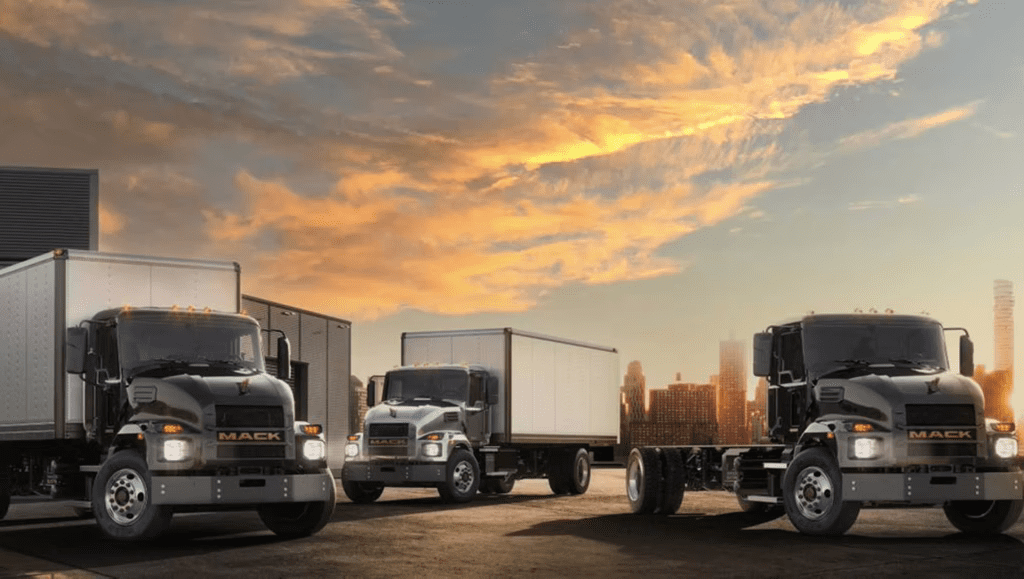
Photo Courtesy Mack Trucks
Northeast Highways
Meanwhile, the Northeast Electric Highways Study was awarded to electric utility company National Grid. It will study freight corridors, like I-95 and I-90, and dense commercial areas in a focus region north of CALSTART’s, which includes Maine, Massachusetts, New Hampshire, Vermont, Rhode Island, Connecticut, New York, Pennsylvania, and New Jersey.
National Grid will simulate and support future commercial electric fleet operations by mapping routes, selecting ideal charging locations, and developing 20-year forecasts of energy needs for more than 100 locations. To complete these tasks, it will use an additional $1.2 million DOE grant, NREL software tools and data, and support from partners, including the Rocky Mountain Institute (RMI) and the Port Authority of New York and New Jersey.
On Oct. 16, National Grid kicked off the study, a follow-up to their 2022 Electric Highways Study that forecasted that “on the busiest hours of the year, a highway fast-charging site could require the same amount of electricity as a sports stadium, or even a small town.” The resulting deployment plan will serve as a model for other regions.
National Grid will work with CALSTART on a comprehensive analysis of the needs for their combined study areas, together making up one of the nation’s biggest truck charging corridors.
In total, they will study 3,700 miles of freight corridors across 15 states and support transporting 300 million tons of freight annually.
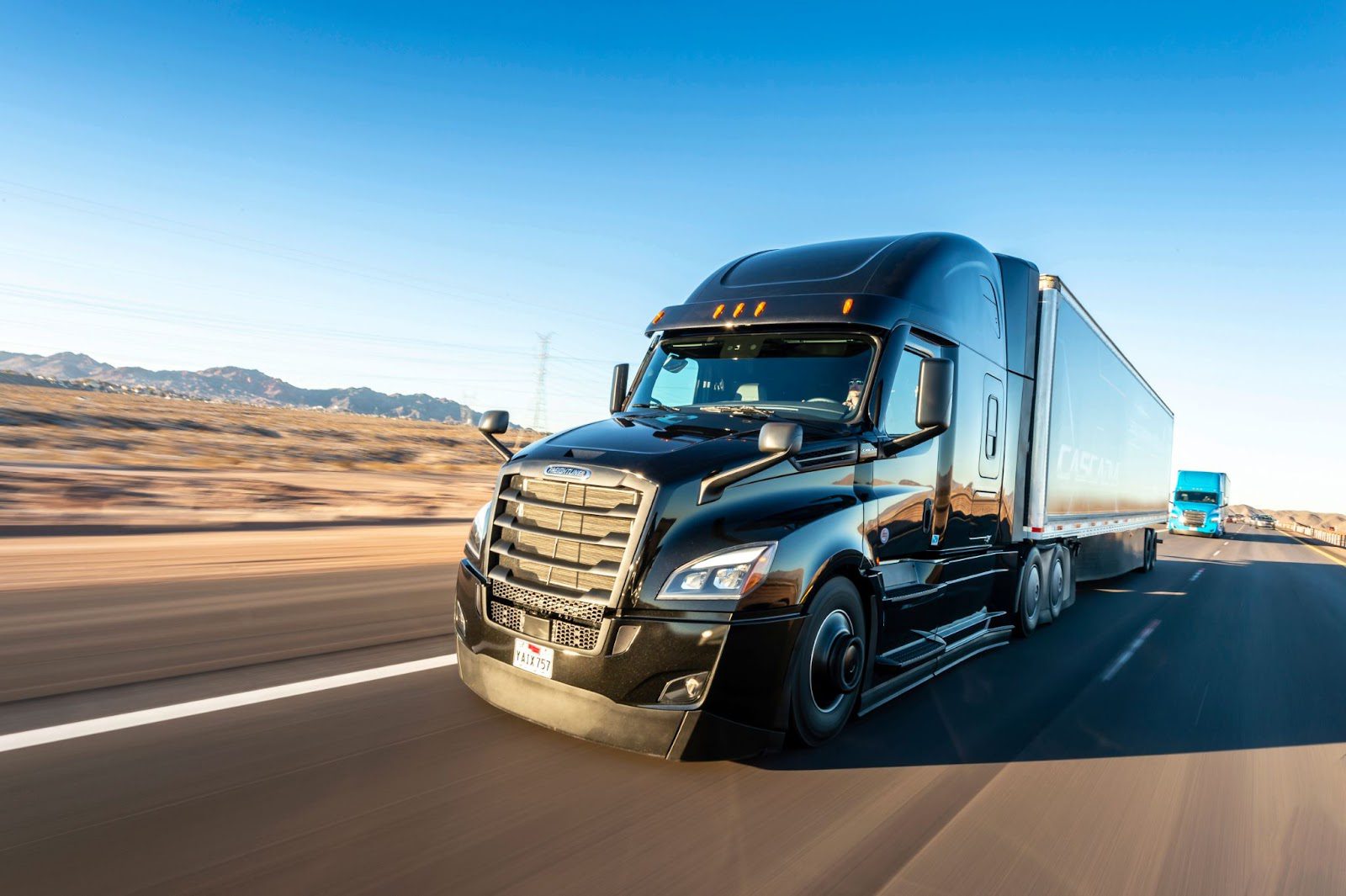
Photo Courtesy Daimler Trucks
Midwest Corridor
Third, the Medium-Duty, Heavy-Duty Zero Emissions Vehicle (MD-HD ZEV) Infrastructure Planning with a focus on the I-80 Midwest Corridor will be led by Cummins, Inc. Over the next two years and in collaboration with NREL and other partners like Purdue University and the Indiana Motor Truck Association, the corporation will develop plans for battery charging and hydrogen fueling stations to be built along I-80 running between Illinois, Indiana, and Ohio.
The hope is for the corridor to support charging and fueling for 30% of the medium-duty and heavy-duty vehicles expected to use zero-emissions technology by 2035. Plus, it will be updated with the advancement of future technologies.
“With Destination Zero, our strategy to reach net-zero emissions by 2050, we are investing in a broad portfolio of power solutions …,” Jennifer Rumsey, president and CEO of Cummins, expressed in the February press release. “Today’s announcement is a promising step forward in advancing our shared goals of getting to net-zero.”
Wasatch Corridor
In Utah, meanwhile, the Wasatch Front Multi-Modal Corridor Electrification Plan will be led by a team from the National Science Foundation Engineering Research Center for Advancing Sustainability through Powered Infrastructure for Roadway Electrification (ASPIRE) at Utah State University. With $1.22 million in DOE funding and assistance from NREL and many of the same partners as the Midwest Corridor project, they will collect data and create an action plan for electrifying the Wasatch Front.
Along the Wasatch Mountain Range, the region is where 80% of the state’s population resides and sees air quality negatively impacted by the traffic caused by the business and proximity of Salt Lake City.
The partners will consider technologies funded by the state and RMI, which are being used to develop wired and wireless charging for trucks in a Utah Inland Port Authority project.
“This news comes at a critical point in time,” according to Regan Zane, director of the ASPIRE Center. “Significant decisions must be made soon to inform infrastructure investments in our freight corridors.”
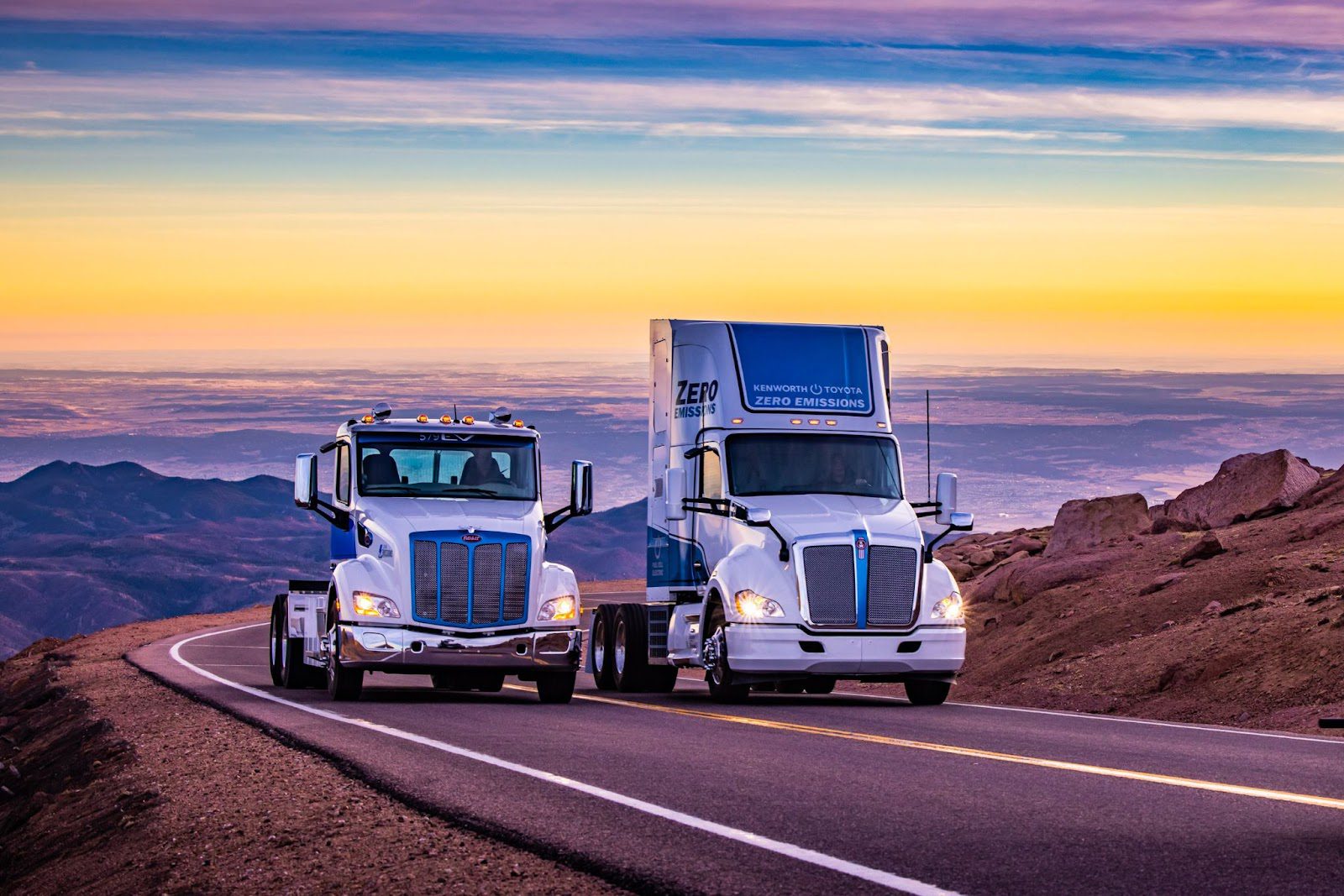
Photo Courtesy Business Wire
California And The Southwest
The final three projects, without the involvement of NREL, are located in California and the Southwest. In the Houston to Los Angeles (H2LA)–I-10 Hydrogen Corridor Project, research and training organization GTI Energy will develop a plan for hydrogen fueling stations along I-10 between the two major cities, in addition to creating a methodology that can be applied to other domestic corridor plans.
In Southern California, in a project called First to Last Mile: Creating an Integrated Goods Movement Charging Network around the I- 710 Corridor, the Los Angeles Cleantech Incubator (LACI) will use $688,850 in DOE funding to come up with a blueprint for infrastructure at commercial or industrial locations like distribution centers, ports, and warehouses along I-710. These will then be provided to investors and energy companies looking to build.
The project will help LACI’s Transportation Electrification Partnership achieve its goal for 40% of short-haul drayage trucks converting to zero emissions and 60% of medium-duty delivery trucks converting to electric by 2028 when the Summer Olympics will be held in Los Angeles, as the organization explained in the February press release.
Turning farther north, the San Francisco and Bay Area Regional Medium-and Heavy-Duty Electrification Roadmap, under the leadership of nonprofit RMI, will develop a roadmap for charging infrastructure in California’s Bay Area to support electric drayage, regional haul, and long-haul trucks.



